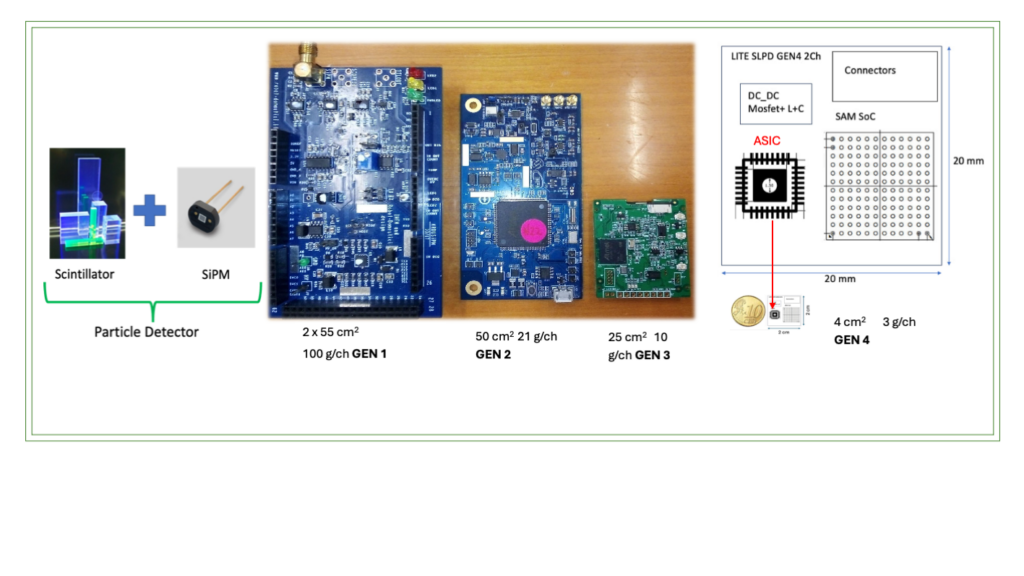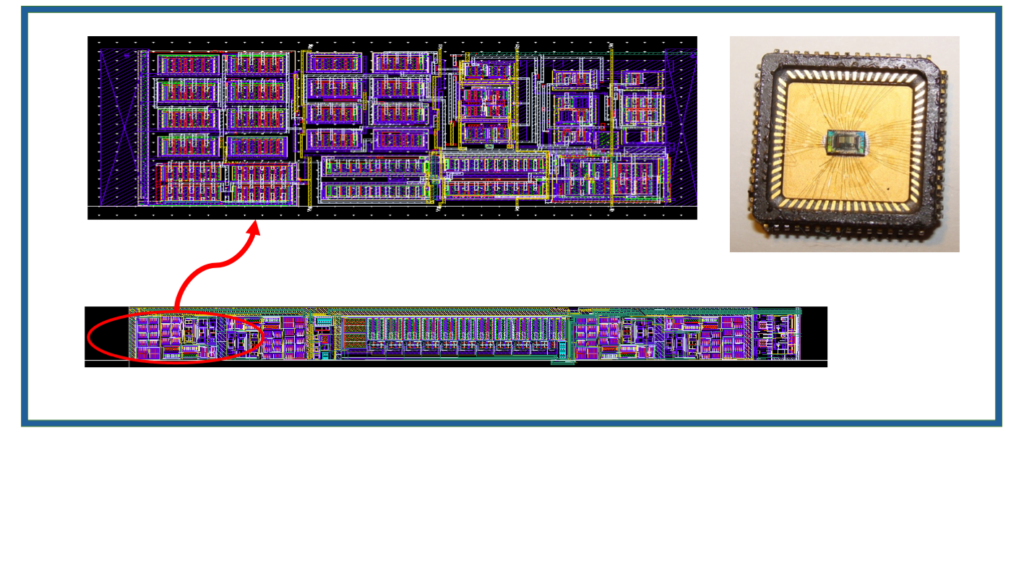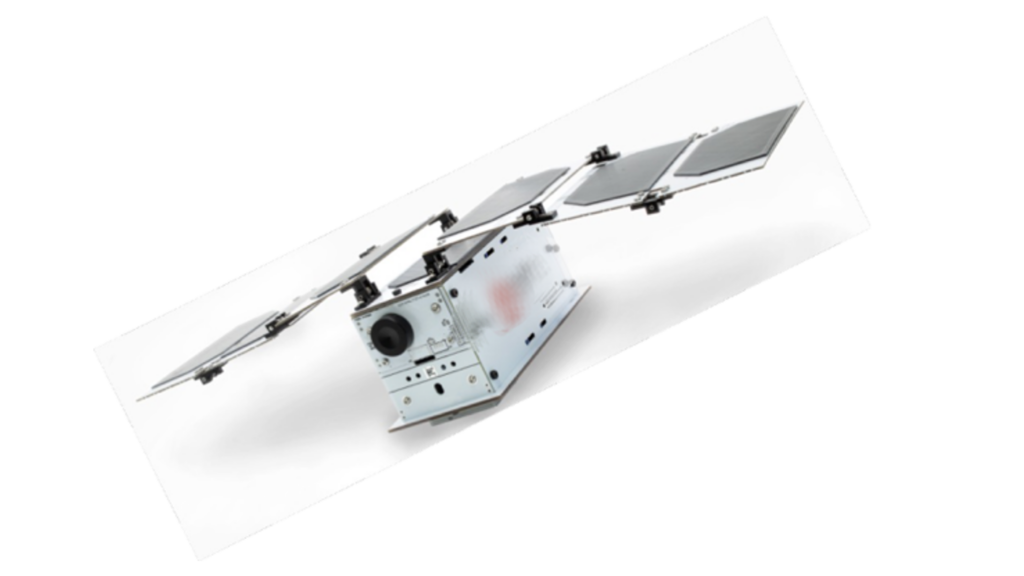Lightweight Integrated Technology for Space Luminoscence and Particle Detection
Local Manager: Davide Badoni; PI: Valerio Bocci (RM1).

The LITE-SLPD experiment is a collaboration between the INFN Sections of Rome Tor Vergata and Rome 1, aiming to develop highly integrated and low-power readout electronics, primarily designed for use on board nanosatellites and picosatellites, to measure particle and photon fluxes in space.
The project builds on the experience gained with ArduSiPM, an all-in-one photon detection device developed by the Rome 1 team. Thanks to its low cost, compactness, and ease of use, ArduSiPM gave rise to a family of devices which, in addition to space applications, have been successfully used in various contexts: from scientific research to education, including test beam activities and the development of portable instruments.
LITE-SLPD inherits this approach and pushes integration further by minimizing the use of commercial components (COTS, Commercial Off-The-Shelf) in favor of a compact, custom-designed solution integrated into a SoC (System on Chip). This strategy enables the development of autonomous systems, suitable both for space missions and for laboratory or portable measurement applications.
The detector is designed to operate in space, detecting X-rays and gamma rays from 100 keV to 10 MeV, as well as low-energy photons (below 100 keV), using SiPMs (Silicon Photomultipliers) operating in Geiger mode. On Earth, the system is also used for studies on bioluminescence and chemiluminescence, in collaboration with the University of Bologna and the CNR-IMM in Catania, for the development of portable instruments dedicated to measuring chemical phenomena.
Devices derived from this project are currently licensed through INFN tech transfer and are used in several experimental contexts, including test beams, scintillation-based detection, and educational activities.
The current electronics consist of a SiPM, an analog front-end, and a microcontroller, organized ina dual signal-processing chain: a fast discriminator with adjustable threshold for the trigger, and a Peak & Hold circuit for precise amplitude measurement. Based on this architecture, the INFN Section of Rome Tor Vergata is currently developing a future ASIC, which will represent the fourth generation (GEN4) of the device developed within the LITE-SLPD experiment.


REFERENCE



















































































































